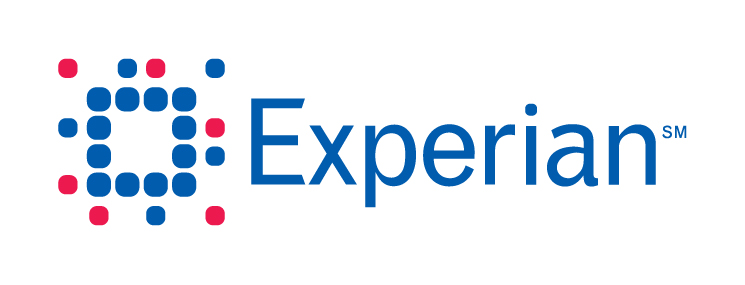
| Monday, October 03, 2011 | Archives | Advertise | Online Buyer's Guide | FLEETSolutions |
S&P/Experian: Auto Loan Defaults Edge Higher
 Contrary to the composite reading, the auto loan portion of the S&P/Experian Consumer Credit Default Indices ticked higher last month. Contrary to the composite reading, the auto loan portion of the S&P/Experian Consumer Credit Default Indices ticked higher last month.Data released on September 20 by S&P Indices and Experian showed vehicle loan defaults moved up to 1.31 percent in August from 1.27 percent in July. While the level increased slightly month-over-month, the August level is considerably lower than a year ago when it stood at 2.06 percent. Despite the auto loan segment edging higher, the composite reading dipped slightly in August to 2.04 percent from 2.06 percent in July. A year ago, it was 3.32 percent. S&P and Experian discovered auto loans weren't the only consumer credit segment to experience a month-over-month increase. Second mortgages moved up from 1.25 percent to 1.27 percent. Offsetting these movements to push the composite level lower were declines on first mortgages and bank cards. Analysts said first mortgages eked out a month-over-month dip from 1.93 percent to 1.92 percent. Meanwhile, bank cards posted a movement level more than all other segments combined. S&P and Experian determined bank card defaults dropped from 5.64 percent to 5.26 percent in August. And a year ago, they were 7.87 percent. Elsewhere, consumer credit defaults varied across major cities in the U.S. Among the five major metropolitan statistical areas S&P and Experian track monthly, Miami showed its lowest default rate since October 2007, decreasing from 5.37 percent in July to 4.52 percent in August. Analysts found New York's default rates remained flat at 1.80 percent. They went on to note Chicago, Dallas, and Los Angeles decreased moderately in August to 2.43 percent, 1.51 percent and 2.07 percent, respectively, from 2.54 percent, 1.60 percent and 2.15 percent in July. "While there were some moderately mixed results, the overall picture is broadly optimistic," explained David Blitzer, Managing Director and Chairman of the Index Committee for S&P Indices. "All indices show default rates well below where they were in the 2008/09 recession, and some are still falling," Blitzer continued. "Bank cards traditionally have the highest default rates, so the decline from 5.64 percent in July to 5.26 percent in August is a good sign," he went on to say. "The same is true for Miami where we saw the default rates fall from 5.37 percent to 4.52 percent over the month. "While not as large, the other four cities, mortgages and auto loans all saw declining or stable default rates and all of these are posting rates below 2.5 percent, some even below 1.5 percent. Again, good news for the consumer," Blitzer added. Jointly developed by S&P Indices and Experian, Blitzer reiterated the S&P/Experian Consumer Credit Default Indices are published monthly with the intent to accurately track the default experience of consumer balances in four key loan categories: auto, bankcard, first mortgage lien, and second mortgage lien. The indices are calculated based on data extracted from Experian's consumer credit database. This database is populated with individual consumer loan and payment data submitted by lenders to Experian every month. Experian's base of data contributors includes leading banks and mortgage companies and covers approximately $11 trillion in outstanding loans sourced from 11,500 lenders. |
 |
NAFA Fleet Management Association 125 Village Blvd., Suite 200 Princeton, NJ 08540 Telephone: 609.720.0882 Fax: 609.452.8004 |








